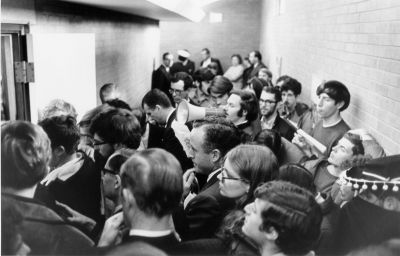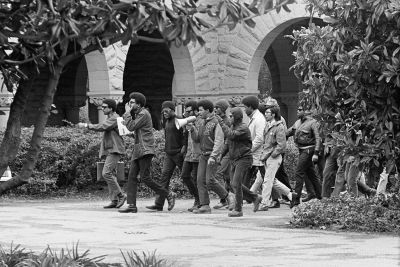
Image credit: Chuck Painter

Image credit: Chuck Painter

Image credit: Jose Mercado

Image credit: Chuck Painter

Image credit: Chuck Painter

Image credit: Chuck Painter

Image credit: Chuck Painter

Image credit: Chuck Painter

Image credit: Chuck Painter

Image credit: Chuck Painter & Tim D. Lawson

Image credit: Chuck Painter

Image credit: Chuck Painter & Tim D. Lawson

Image credit: Chuck Painter
Fullscreen